Early Years of Physiotherapy at the University of Queensland
The first course in physiotherapy at the University of Queensland commenced in 1938. Like other programs in Australia and around …
The first course in physiotherapy at the University of Queensland commenced in 1938. Like other programs in Australia and around …
An Overview of the Origins and History 1888 to1992 During the early to mid-1970s I was privileged to work as …
In 1986 Stephanie Short, a physiotherapist and sociologist, published an article in the Australian Journal of Physiotherapy titled, “Physiotherapy – …
Within the physiotherapy profession the name McKenzie resonates with greatness. New Zealand musculoskeletal physiotherapist Robin McKenzie revolutionised the worldwide treatment …
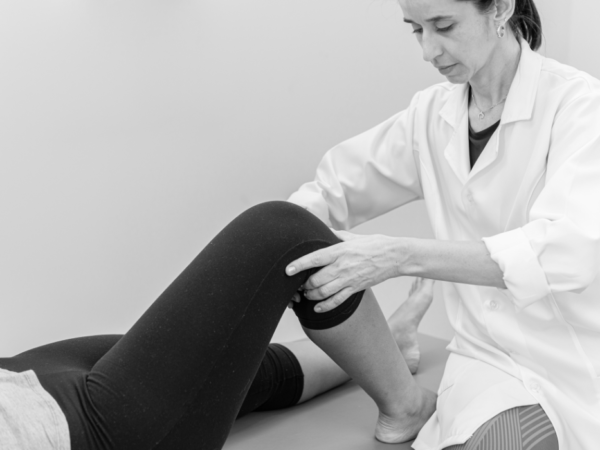
The health workforce is hierarchical and movement across professions is almost always upwards as individuals seek higher reward, recompense and status. Only rarely is there is movement downward. This story tells of a unique occurrence in Israel in the late 20th century where necessity caused qualified medical practitioners to retrain …
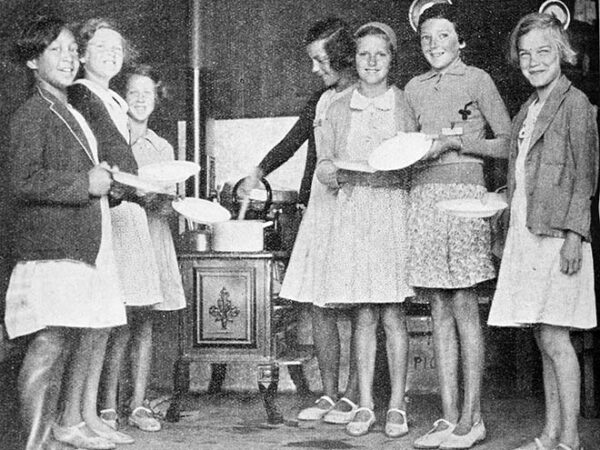
Physiotherapist Cora Wilding founded the Sunlight League in New Zealand, was instrumental in establishing the Youth Hostel Association and was one of the most passionate advocates for the physical culture movement. The Physical Culture Movement was a health and fitness movement that began in Europe during the 19th century, spreading …

How current physical therapists became diagnosticians illuminates the trajectory of the profession and the value we offer. My recent exploration into this American story was recently published as an historical essay in Physical Therapy & Rehabilitation Journal (PTJ). Here, I provide a brief overview of the article. Transformation didn’t occur …
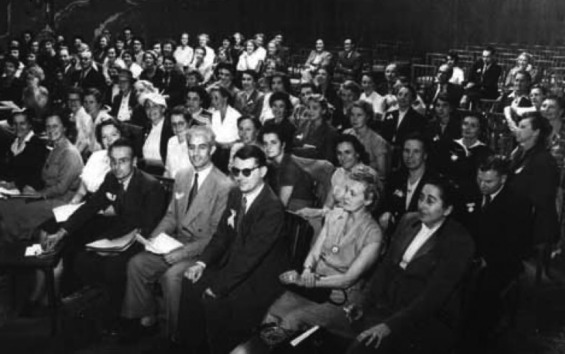
A man, wearing dark glasses, sits front and centre of the audience of the inaugural meeting of the World Confederation for Physical Therapy, held on 8th September 1951 in Copenhagen, Denmark. He sits upright, leaning forward slightly, his arms resting lightly on his knees with his hands loosely curled, portraying …
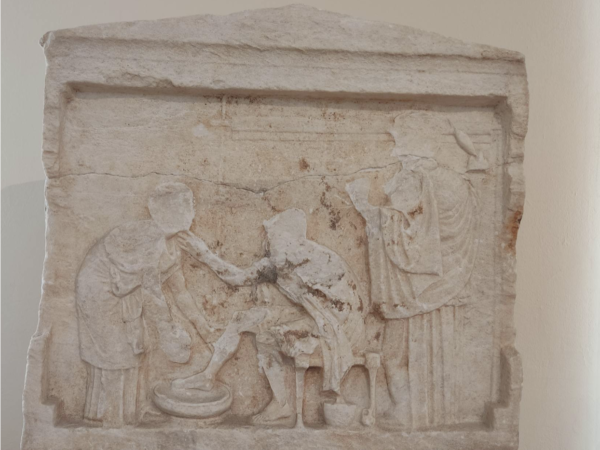
Impressions from a guided tour at the National Archeological Museum of Athens The tour was about the healers in Ancient Greece, their methods and tools they used for healing from pre-historical times until the end of the ancient world. At least that was my impression because at the end of …
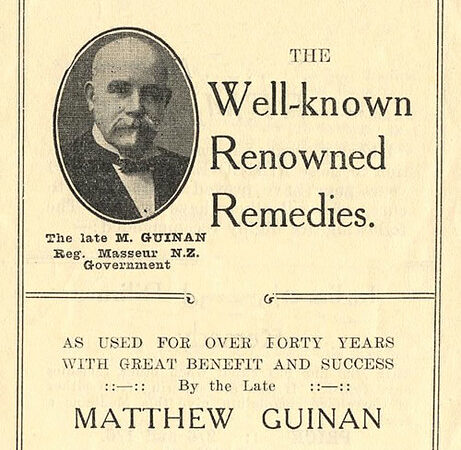
In 1921, when the presence of men within the massage profession was still largely frowned upon, Matthew Guinan was the 77th masseur to be registered with the New Zealand Masseurs Registration Board. His registration was granted under the Board’s amnesty for anyone who had practiced as a masseur in New …

The following is from an article titled, The History of Physiotherapy in Bosnia and Herzegovina by Mirjana Dujmović and Jasmin Avdovićwritten; published in Fizioterapija Macedonica Journal. It was translated into English by Google Translate and then summarized. Pre-History Bosnia and Herzegovina (BiH) located on the European Balkan Penisula is geologically …
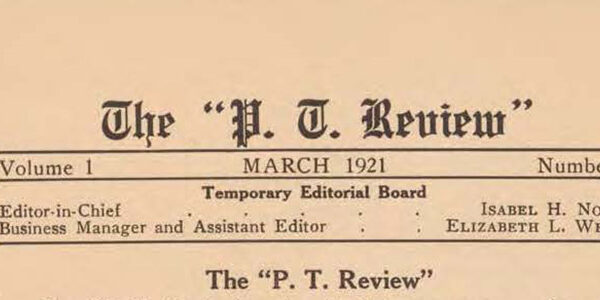
It is 102 years since the first editions of The P.T. Review were published. A periodical which would become the Journal of Physical Therapy, now PTJ. Taking the time to step back and immerse ourselves in the writings of those who led the formation of the professional association; that would …
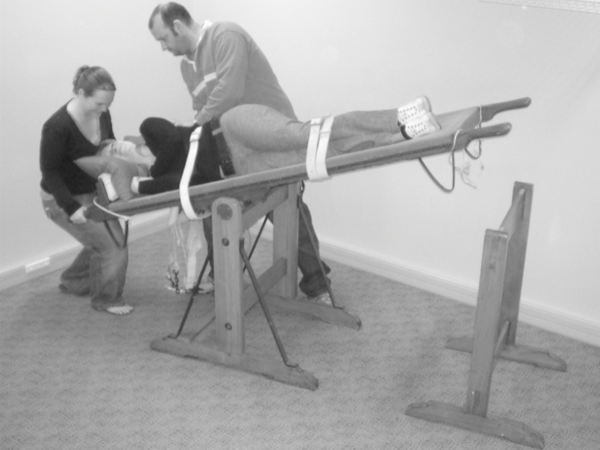
The image of the Greenlane ‘rocker’ bed will be familiar to generations of physiotherapists who worked at Greenlane Hospital, in Auckland, New Zealand during the 1950s, 60s and 70s. Originally much smaller, the rocker, or tipping bed, was designed by the parents of a girl with bronchiectasis who was being …
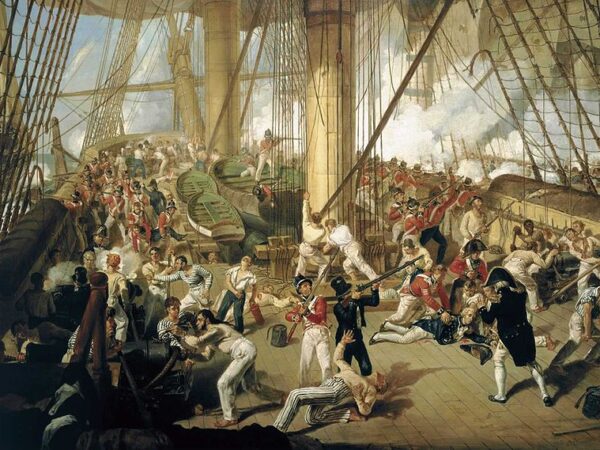
The physical therapies of massage, exercise, heat/ice, electricity, light, etc., have existed for thousands of years across all civilisations, but it was not until the 20th century that physiotherapy emerged as a significant and unique profession. In his latest article (available in Open Access) physiotherapy writer and researcher David Nicholls …